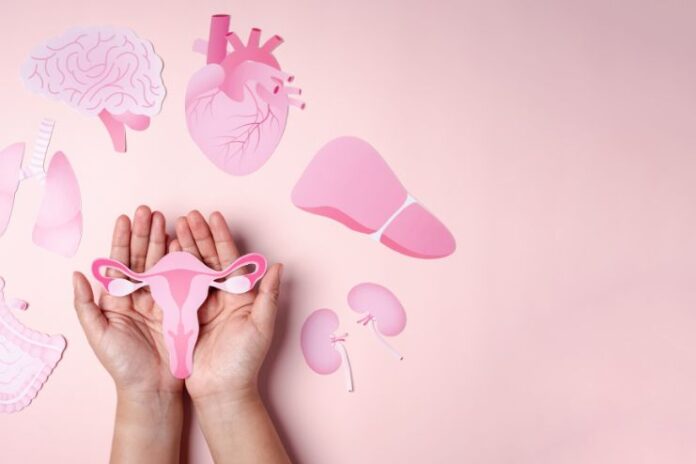Affiliate Disclaimer
Some links in this article are affiliate links. We may earn a small commission if you make a purchase through these links, at no extra cost to you. We only recommend products we find useful to our readersEver felt like your workout that crushed last week now feels impossible? It’s not laziness—it’s likely your hormones talking. As more women turn to personalized fitness, cycle-syncing workouts have become a powerful way to train smarter, not harder.
Cycle syncing harnesses your inherent hormonal cycle rather than forcing your body into a stiff fitness plan, structuring your exercise to align with your menstrual cycle phases. The result? Improved performance, fewer injuries, better recovery, and greater body alignment.
This article will break down the menstrual cycle into phases, explore the best workouts for each phase, and show how to complement exercise with targeted nutrition and emotional awareness.
Read More: Menstrual Syncing with Workouts: Does It Boost Performance?
The Menstrual Cycle Phases and Hormonal Fluctuations
Knowing your cycle is the first step to syncing the workouts effectively. Below is a breakdown of each phase, along with how hormones impact your body and fitness ability:
Menstrual Phase (Days 1–5)
During the menstrual phase, both estrogen and progesterone levels drop to their lowest point. This hormonal dip signals the start of your period as the body sheds the uterine lining built up in the previous cycle.
How You Might Feel: The menstrual phase might make you feel low on energy. Cramps, headache, and fatigue can accompany this. Hence, you need more rest than usual during this phase.
Nutrition Tips: In the menstrual phase, you must focus on your nutrition. Here’s what you can do:
- Focus on iron-rich foods (spinach, lentils, red meat).
- Add anti-inflammatory foods like ginger and turmeric.
- Drink warm fluids to stay comfortable.
Follicular Phase (Days 6–14)
Estrogen increases during the follicular phase, when the body prepares to release an egg. This is an ideal time to experiment with new fitness regimens or create new objectives.
How You Might Feel:
- Increased energy and better mood.
- More adventurous and motivated.
- Ready to experiment with new things.
Nutrition Tips:
- Consume lean proteins (chicken, eggs) and complex carbs (quinoa, oats).
- Add healthy fats such as avocado and nuts.
- Drink plenty of water.
Ovulation Phase (Days 15–17)
During the ovulation phase, estrogen and luteinizing hormone (LH) surge. The egg is released. Channel your high energy into social workouts or try something competitive.
How You May Feel:
- Strong, assertive, and energized.
- High pain threshold and coordination.
- Competitive and sociable.
Nutrition Tips:
- Include high-antioxidant foods such as berries, citrus, and greens.
- Opt for protein-rich foods to fuel the muscles.
- Hydrate and supplement with electrolytes if training hard.
Read More: Effective Ovulation Tracking: Top Tools and Methods for Conception
Luteal Phase (Days 18–28)
During the luteal phase, progesterone increases to prepare for a potential pregnancy. Estrogen could experience a second, smaller spike. Accept natural dips during this time. Prioritize rest and stress relief.
How You Might Feel:
- Slower or fatigued.
- Mood swings or cravings.
- Sensitivity to stress.
Tips for Nutrition:
- Eat foods high in magnesium (dark chocolate, nuts).
- Complex carbohydrates, such as sweet potatoes for blood sugar regulation.
- Increased fiber and fluids to reduce bloating.
Aligning Workouts with Each Menstrual Phase
If you wish to align your workouts with each menstrual phase, here’s how to do it:
Menstrual Phase (Days 1–5)

Both progesterone and estrogen are at their lowest levels during the menstrual phase. The hormonal decline usually results in fatigue, decreased stamina, and mood swings. It’s a phase when the body automatically desires rest and relaxation. Instead of rushing into high-impact exercise, gentle movement can promote circulation and ease cramps without making you tired.
Suggested Exercises:
- Yoga to relieve tension and maintain hormonal balance.
- Gentle stretching to enhance flow and flexibility.
- A light walk to remain active without overexerting the body.
Focus: Restoration, self-kindness, and permitting the body to heal.
Follicular Phase (Days 6–14)
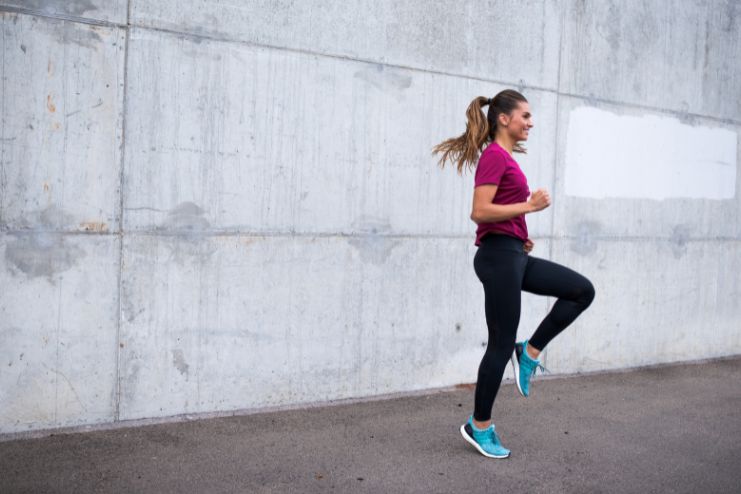
When your period is over, estrogen starts to increase gradually. This hormonal change is usually accompanied by an energy boost, sharpness of mind, and motivation, making it a great time to push your body and experiment with new habits. Your body is stronger and more receptive to increasing strength, speed, and proficiency.
Recommended Exercises:
- Cardio exercises such as cycling, jogging, or swimming for stamina.
- Moderate-strength training to develop lean muscle.
- Dance or exercise classes to make the most of coordination and mood boosts.
Focus: Creating momentum, learning new movements, thanks to the high energy levels.
Read More: The Power of “Awe Walks” – How Experiencing Wonder Can Reduce Stress
Ovulation Phase (Days 15–17)
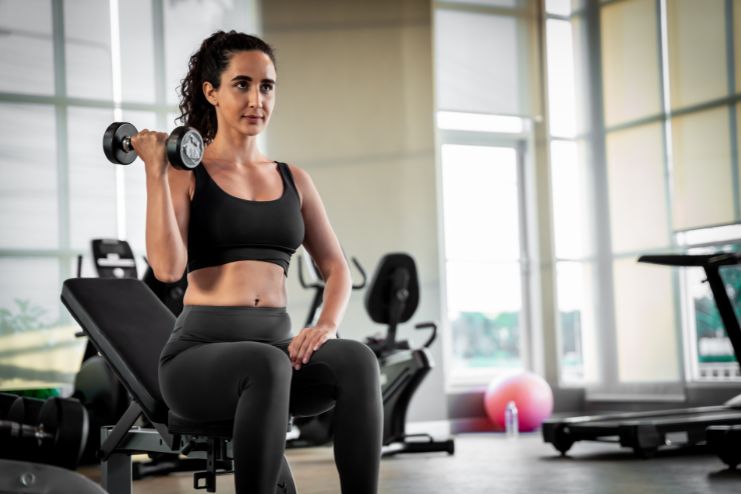
Ovulation is the optimal performance phase. Estrogen and luteinizing hormone are at their peak, supporting strength, speed, and confidence. You’ll likely be more social, competitive, and powerful—ideal for high-impact, goal-oriented workouts.
Recommended Exercises:
- High-Intensity Interval Training (HIIT) for fat-burning and performance.
- Heavy resistance or weight training for strength.
- Team sports or competitive activities to keep up with your social and physical energy.
Luteal Phase (Days 18–28)
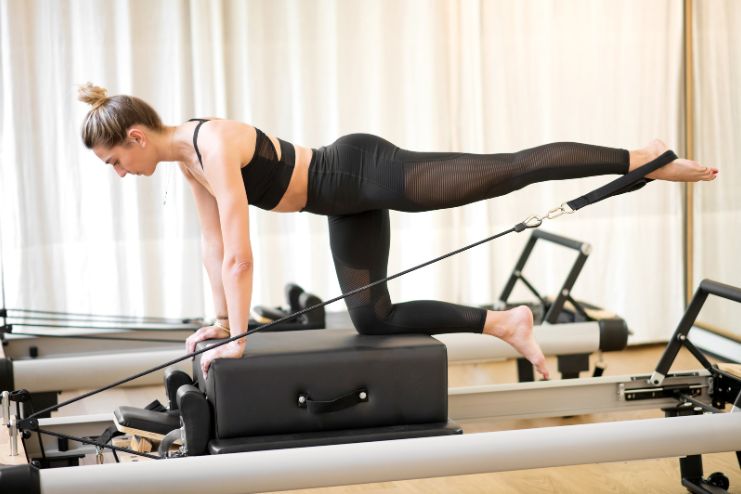
With increasing progesterone and decreasing estrogen, you might feel drowsier, heavier, or less energized in the luteal phase. During this period, your body appreciates slower, more grounding activities that help balance hormones and minimize stress. This is also when PMS symptoms may manifest, so it’s essential to have some flexibility in your schedule.
Suggested Exercises:
- Pilates to develop core strength and improve the mind-body connection.
- Low-impact cardiovascular activity, such as walking or elliptical, for consistent movement.
- Bodyweight training and yoga to combat inflammation and tension
Focus: Staying consistent with movement, yet pay attention to lower attention levels.
Nutrition Considerations for Each Menstrual Phase
Syncing cycles with workouts involves not just exercise but nutrition as well. Here are a few nutrition tips to keep in mind:
Menstrual Phase
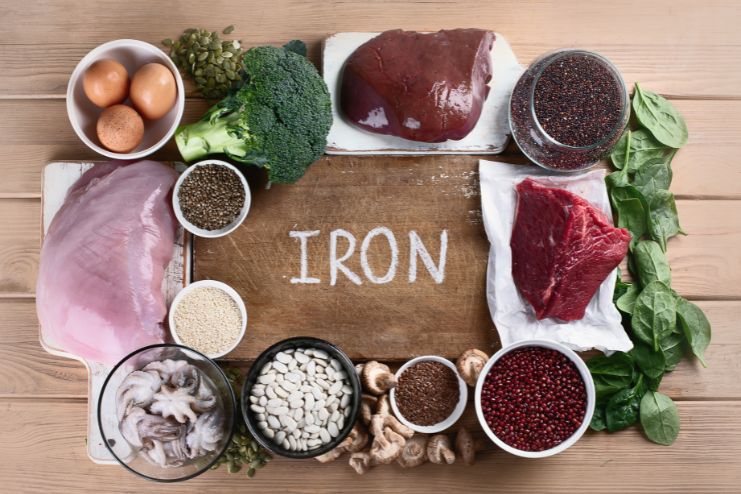
Eat More Of: Iron-rich foods like red meat, lentils, and spinach, as well as warm comforting foods like soups and stews. Add sources of omega-3, such as walnuts or salmon, to ward off inflammation.
Reason: Menstruation results in low iron levels due to blood loss, which might result in dizziness or weakness. Anti-inflammatory foods and warm foods can relieve menstrual cramps and enhance comfort.
Read More: Iron-Rich Leafy Green Salad: Combat Anemia Deliciously
Follicular Phase
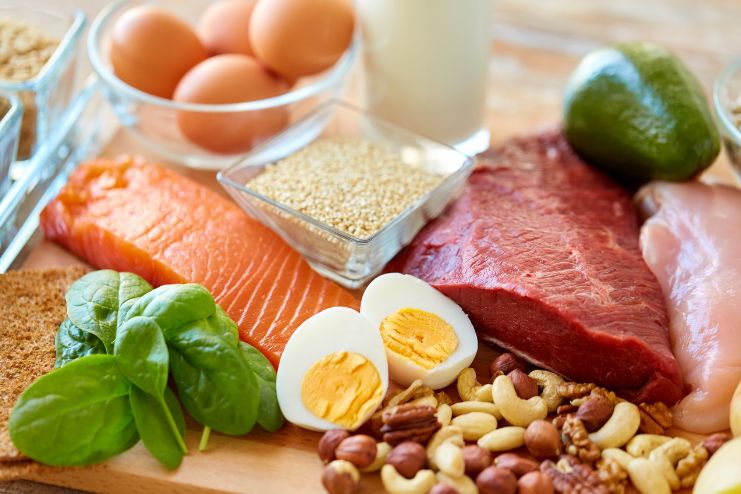
Eat More Of: Lean proteins (such as chicken or tofu), complex carbohydrates (like oats and quinoa), and healthy fats such as avocados, seeds, and olive oil. This is also the best time to boost your consumption of fresh vegetables and fiber foods.
Reason: Estrogen levels start increasing, and your body is ready to build muscle and produce energy. Nutrient-rich foods will help with workout recovery, brain function, and endurance during this high-energy time.
Ovulation Phase

Eat More Of: Antioxidant foods like berries, broccoli, citrus fruits, and leafy greens, with quality proteins such as eggs or fish. Stay well-hydrated since high-intensity exercises might lead to higher fluid requirements.
Reason: Your metabolism, body temperature, and energy are highest during ovulation, which could increase oxidative stress. Antioxidants allow your body to recover quickly and avoid inflammation, particularly after strenuous workouts.
Luteal Phase
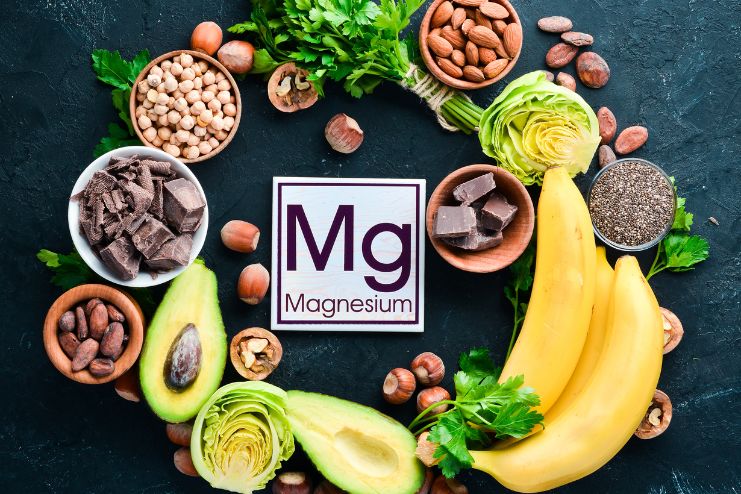
Eat More Of: Magnesium-rich foods such as pumpkin seeds, bananas, dark chocolate, legumes, and complex carbohydrates such as sweet potatoes and whole grains. Include hydrating fruits and vegetables to assist in decreasing water retention.
Reason: The luteal phase has high progesterone levels, which can lead to bloating, mood changes, and carbohydrate cravings. Magnesium aids relaxation and mood steadiness, while complex carbohydrates normalize blood sugar and maintain energy stability.
Psychological & Emotional Well-being Across the Menstrual Cycle
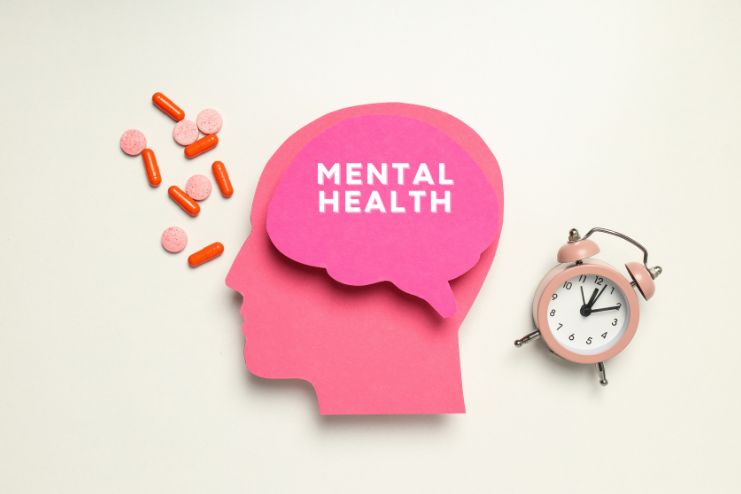
Apart from taking care of nutritional needs, paying attention to psychological and emotional well-being throughout the menstrual cycle is crucial. Here are a few phase-wise tips to do so:
Menstrual Phase
Most women feel more reflective, sensitive, and physically tired throughout the menstrual phase. Emotional energy tends to dip because of low hormone levels, so it is a natural time to relax and move inward.
Rest and self-care are perfect during this phase—think journaling, meditating, or simply taking it easy. It is necessary to respect your body’s recovery needs without guilt, acknowledging that this rest period lays the groundwork for renewed energy in the next stages.
Follicular Phase
During the follicular phase, high estrogen levels tend to create an evident mood boost, increased motivation, and a spike in mental clarity. Most women are more creative, problem-solving oriented, and assertive, which makes this a great time to start new projects.
This is a good time to set new exercise goals or experiment with alternative workout regimens, particularly strength exercises. With your mind and body prepared for growth and flexibility, it’s an ideal time to challenge yourself in inspiring directions.
Ovulation Phase
In the ovulation phase, energy typically peaks—both physically and socially. Estrogen and testosterone reach their highest levels, improving confidence, libido, and verbal fluency. This hormonal environment naturally supports bold action, making it ideal for high-intensity workouts, group training sessions, or competitive sports.
You may feel extroverted and assertive, so this is also a great time to engage in important conversations, presentations, or events where your presence and communication skills shine.
Luteal Phase
As you transition to the luteal phase, progesterone increases, leading to greater fatigue, irritability, and reactivity to stress. It is normal to dip in motivation or be more emotionally reactive. This is an important time to switch to low-impact activities and soothing habits such as yoga, stretching, or nature walks.
Reducing social or professional expectations may also be helpful. Prioritize good food, regular sleep, and activities that ground you. In this phase, your body is gearing up to shift, so it is essential to be kind to yourself.
Common Misconceptions About Cycle Syncing
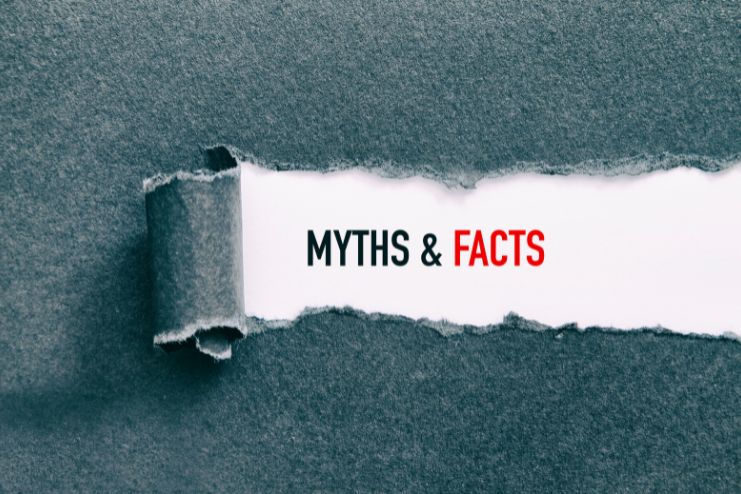
“One size fits all” is not true. Use it as a framework, not a rulebook. Adjust based on your feelings.
“Everyone’s cycle is the same.” Incorrect. Your cycle is personal. Factors like stress, sleep, and age all play a key role in every woman’s menstrual cycle, and they vary.
“There’s tons of scientific evidence.” Although it’s supported by hormone physiology, more robust research is necessary for exercise-specific results.
How to Start Cycle-Syncing Workouts
Follow the tips below to start cycle-syncing workouts:
- Monitor Your Cycle: Have apps like Clue, Flo, or Oura monitor your symptoms and stages.
- Plan workouts Ahead: Coordinate the workout schedule based on anticipated shifts in energy levels.
- Be Flexibile: You don’t need to follow the regimen 100%. Focus on flexibility, and start slow.
- Seek Advice: A fitness or health expert familiar with women’s fitness can advise you on creating a customized plan. Do not hesitate to consult them.
Read More: Causes of Butt Cramps During Periods – Effective Relief and Solutions!
Final Thoughts
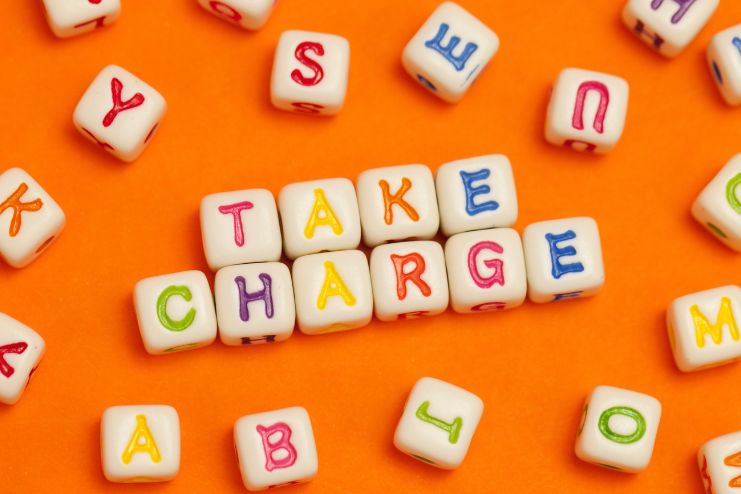
Your cycle is not a weakness—it gives you power. Every stage provides your body with varying strengths, needs, and cues. As you start syncing the exercise with it, the exercises become more effortless, recovery becomes smoother, and you feel fit naturally. You’ll probably experience fewer crashes, improved outcomes, and a stronger relationship with your body.
You don’t need to revamp your entire routine in one night. Begin small. Modify one week of workouts to suit how you feel, or attempt a milder method when you have your period. Then pay attention. How is your energy? Your mood? Your motivation?
Your body is already talking to you each month—cycle syncing is merely the practice of listening.
Begin listening today. Attempt to sync just one workout this week and see noticeable changes!
References
- https://share.upmc.com/2024/09/cycle-syncing-workouts/
- https://www.msdmanuals.com/home/women-s-health-issues/biology-of-the-female-reproductive-system/menstrual-cycle
- https://www.ncbi.nlm.nih.gov/books/NBK279054/
- https://onlinedoctor.lloydspharmacy.com/uk/womens-health-advice/energy-levels-through-your-menstrual-cycle
- https://www.medparkhospital.com/en-US/lifestyles/diet-and-menstruation
- https://www.oova.life/blog/how-you-feel-different-stages-menstrual-cycle
In this Article
















